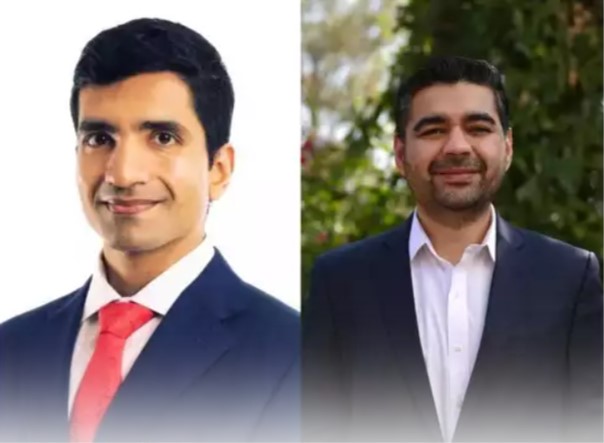The political tides in Delhi have shifted, and with them, so has the city’s healthcare landscape. In its first Budget, the newly elected BJP-led Delhi government has announced a major policy change bringing the Ayushman Bharat Pradhan Mantri Jan Arogya Yojana (AB-PMJAY) to the capital. This move not only fulfills a core election promise but also marks a stark departure from the previous administration’s stance on central health schemes.
But while the government is celebrating this as a win for Delhi’s citizens, questions remain. Is this shift truly a leap forward for healthcare access, or is it a calculated political move? What will be the real impact of the ₹2,144 crore allocation for Ayushman Bharat? And why has the overall health budget been reduced from last year?
Let’s break down what this means for Delhi’s healthcare system, the political significance of this move, and whether this decision will truly improve medical care for the city’s most vulnerable.
Chief Minister Rekha Gupta made a bold declaration during the Budget presentation on March 25:
“We had already announced that Ayushman Bharat will be implemented in Delhi.”
With this, Delhi becomes the 35th state or Union Territory to adopt the central government’s flagship health scheme. The initiative, which was launched in 2018, aims to provide health insurance coverage of ₹5 lakh per family per year for secondary and tertiary hospitalization. But Delhi’s version of the scheme comes with an added benefit the state government has decided to double the coverage by adding another ₹5 lakh top-up, effectively offering a total of ₹10 lakh in medical coverage per family.For millions of economically weaker families, this could be a game changer. The scheme primarily targets 12.37 crore families, covering nearly 55 crore individuals essentially the bottom 40% of India’s population.
This decision represents a dramatic shift in policy. Under the previous AAP-led administration, Delhi had rejected the Ayushman Bharat scheme, choosing instead to run its own healthcare model. The former government argued that Delhi’s existing free healthcare system with mohalla clinics, state-funded hospitals, and local insurance programs was sufficient.
So why the sudden change?
1. Election Promises & Political Messaging: The BJP had campaigned heavily on the promise of bringing Ayushman Bharat to Delhi, portraying its absence as a failure of the previous government. Implementing it now allows them to deliver on a key promise and score political points.
2. Central Government Pressure: Delhi was one of the last holdouts resisting this scheme. With mounting pressure from the Union government, adopting Ayushman Bharat was perhaps inevitable.
3. Financial Realignment: Despite the overall health budget shrinking, bringing in a centrally-funded program allows the Delhi government to redirect funds elsewhere while still claiming credit for expanding healthcare access.
The Delhi government’s total health allocation for the year is ₹6,874 crore which is a sharp reduction from the ₹8,685 crore allotted by the previous administration. This means that while Ayushman Bharat is receiving a major push, the overall funds dedicated to public healthcare have gone down by nearly ₹1,800 crore.
Where is the money going?
₹320 crore has been earmarked for setting up 400 new health and wellness centers, which are expected to function as primary care units for early diagnosis and routine check-ups.
₹1,000 crore has been allocated for the construction of 10-13 new hospitals, aiming to increase Delhi’s bed capacity and reduce patient overload at existing government hospitals.
₹10 crore has been set aside for the Ayushman Digital Mission, a technology-driven initiative to modernize medical records and create an integrated healthcare data system.
On paper, these numbers suggest a commitment to improving healthcare infrastructure. But critics argue that a smaller budget for the sector means that key programs could suffer from underfunding.
One of the biggest changes to the Ayushman Bharat scheme came in October 2024, when the Central government expanded eligibility. Now, all senior citizens aged 70 and above can avail free treatment benefits of up to ₹5 lakh per year, regardless of their economic status.
This is a crucial move considering Delhi’s aging population and the rising burden of non-communicable diseases like heart disease, diabetes, and cancer among the elderly. With no income restrictions, this initiative ensures that thousands of middle-class and even upper-middle-class senior citizens don’t fall into financial ruin due to medical emergencies.
But how well will this actually work? Delhi’s healthcare system is already overburdened, with long wait times in government hospitals. Ensuring that senior citizens can access quality treatment without delays will be the real test.
While the expansion of Ayushman Bharat is a significant step, Delhi’s healthcare challenges go beyond just insurance coverage. Some of the biggest issues that remain unaddressed include:
1. Overcrowding in Government Hospitals: Delhi’s public hospitals are overwhelmed. AIIMS, Safdarjung, and LNJP see hundreds of patients lining up daily, with bed shortages, long wait times, and doctor shortages. Merely providing insurance won’t fix the issue if infrastructure can’t support the increased demand.
2. Doctor and Nurse Shortage: A shortage of medical professionals remains a major concern. While Ayushman Bharat provides financial access, there are still not enough doctors to meet patient demand. Increasing medical college seats, offering better salaries, and improving working conditions must be part of the solution.
3. Gaps in Preventive Healthcare: Primary healthcare in Delhi needs urgent strengthening. Despite the 400 new health and wellness centers, preventive healthcare and early diagnosis are still not a priority in the budget. Without early screenings, vaccination drives, and awareness programs, the burden of diseases will remain high.
The implementation of Ayushman Bharat in Delhi is a landmark moment, but it is only the first step. For real, long-term improvements, the government needs to focus on:
Building more hospitals and upgrading existing ones
Training and hiring more healthcare professionals
Investing in preventive healthcare and awareness programs
Ensuring smooth integration of Ayushman Bharat with Delhi’s health ecosystem
The success of this policy shift will be measured not by announcements or budget numbers, but by real improvements in healthcare delivery. For now, Delhi’s residents will have to wait and see whether Ayushman Bharat truly delivers on its promise or if it remains just another political slogan.
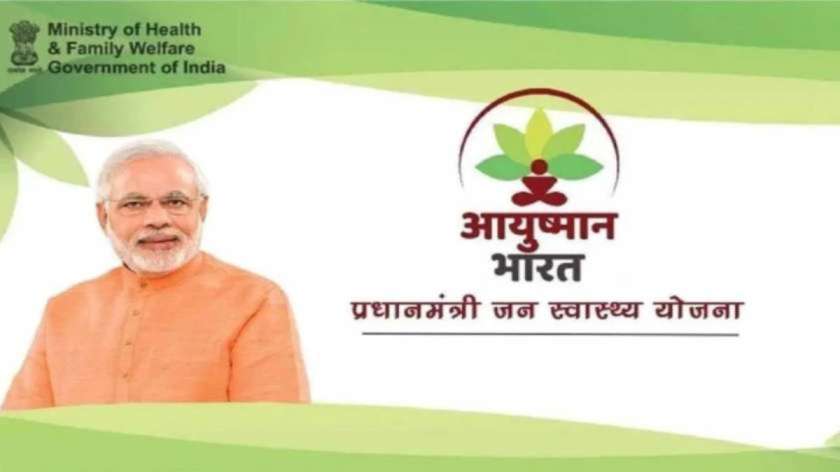
 The success of this policy shift will be measured not by announcements or budget numbers, but by real improvements in healthcare delivery.
The success of this policy shift will be measured not by announcements or budget numbers, but by real improvements in healthcare delivery.










.jpeg)



.jpeg)

.jpg)

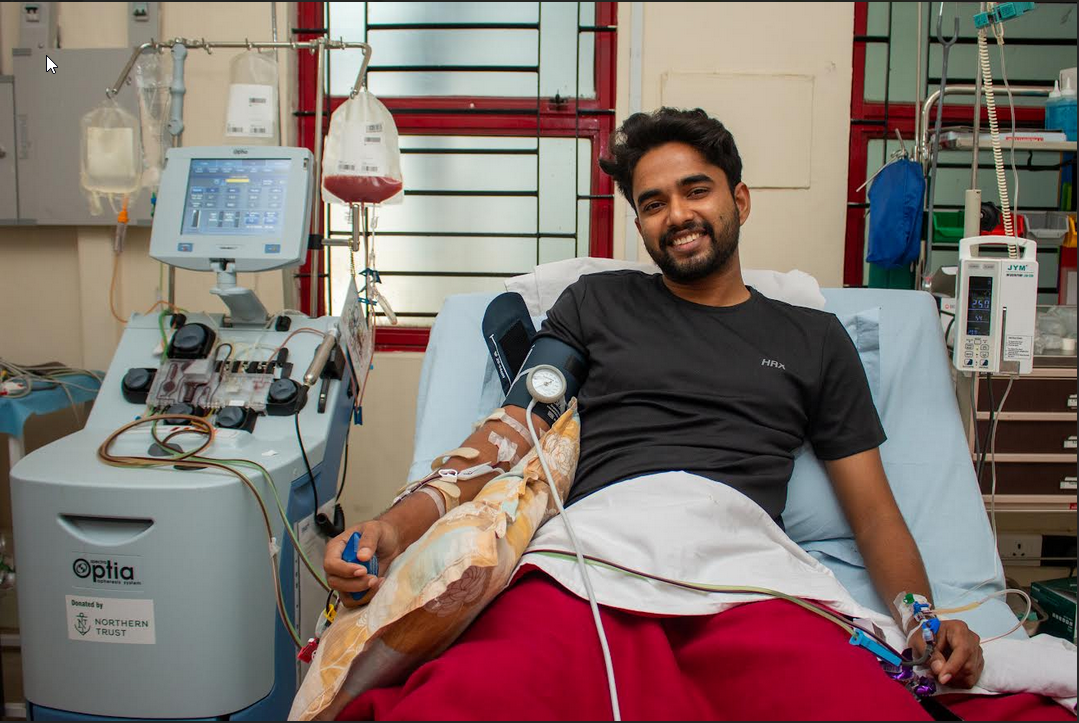
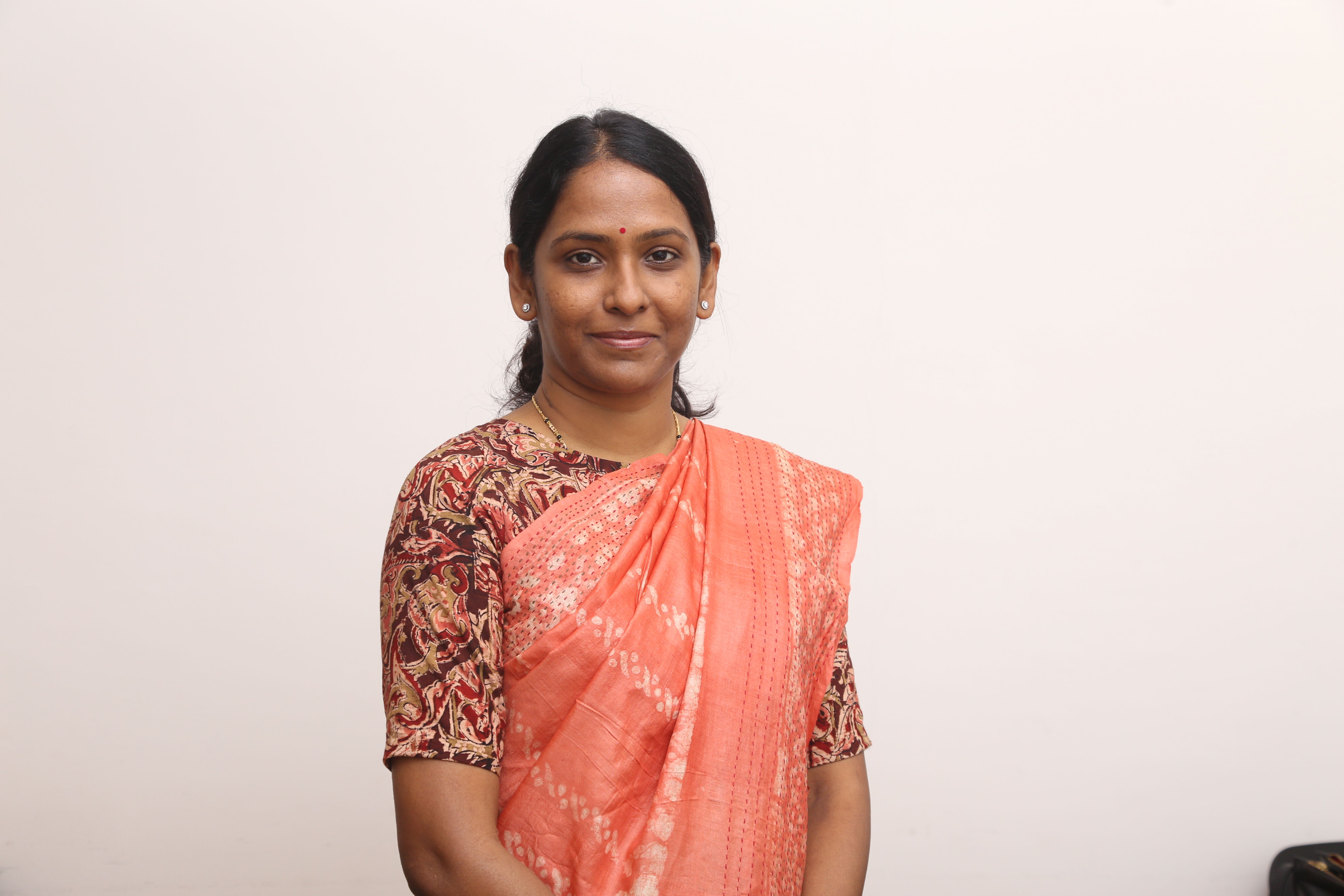


.png)


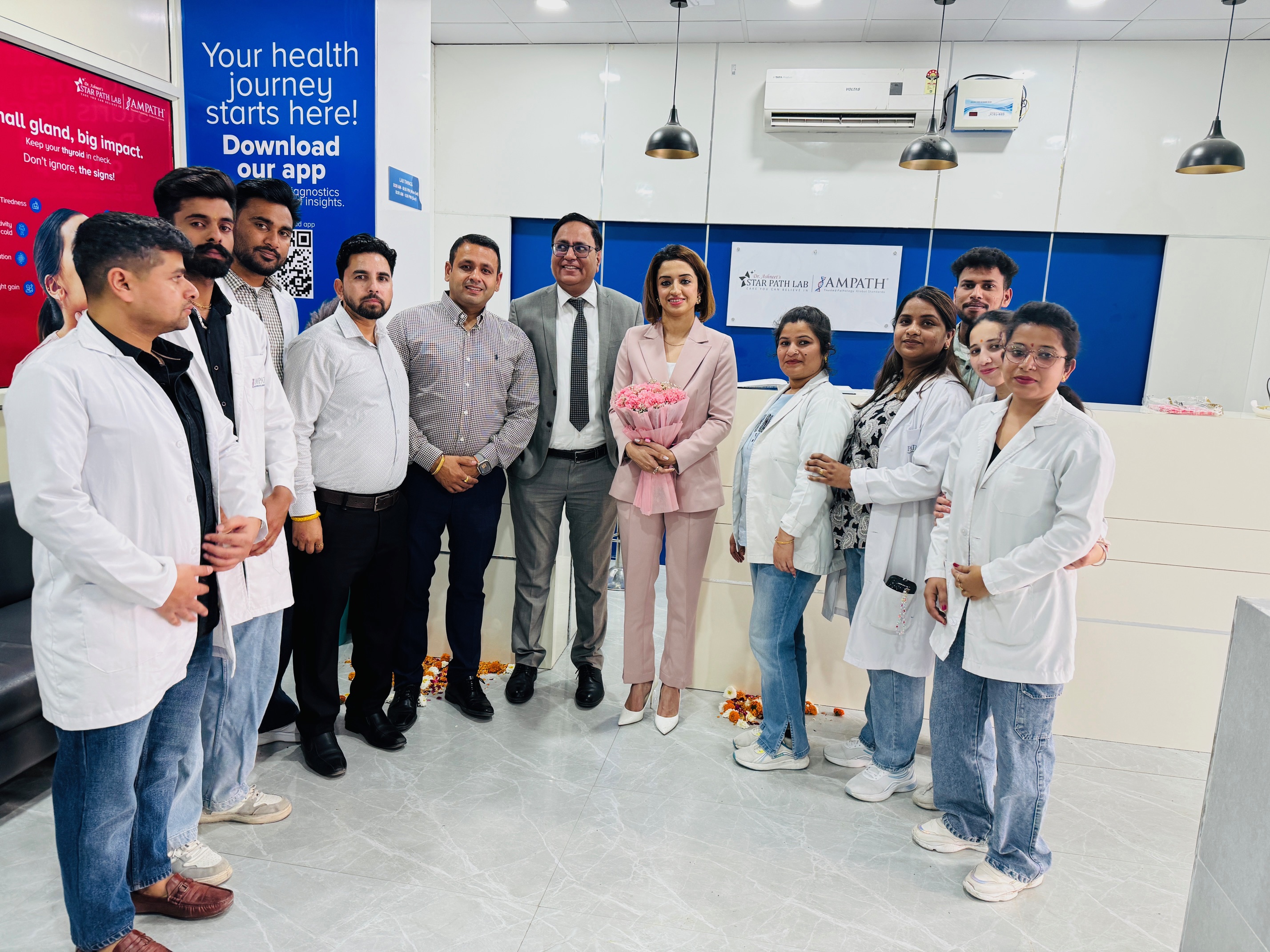
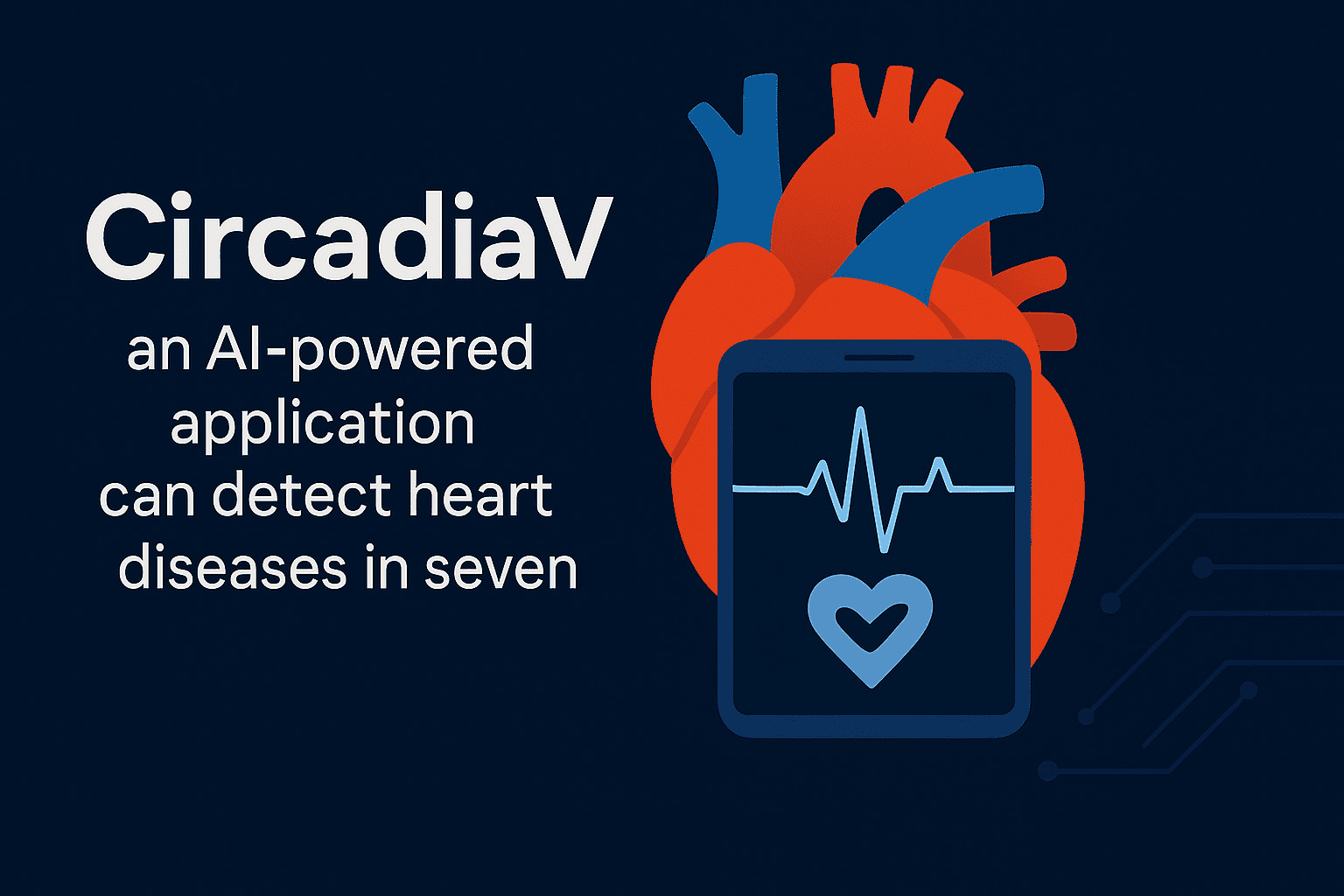
.jpg)
